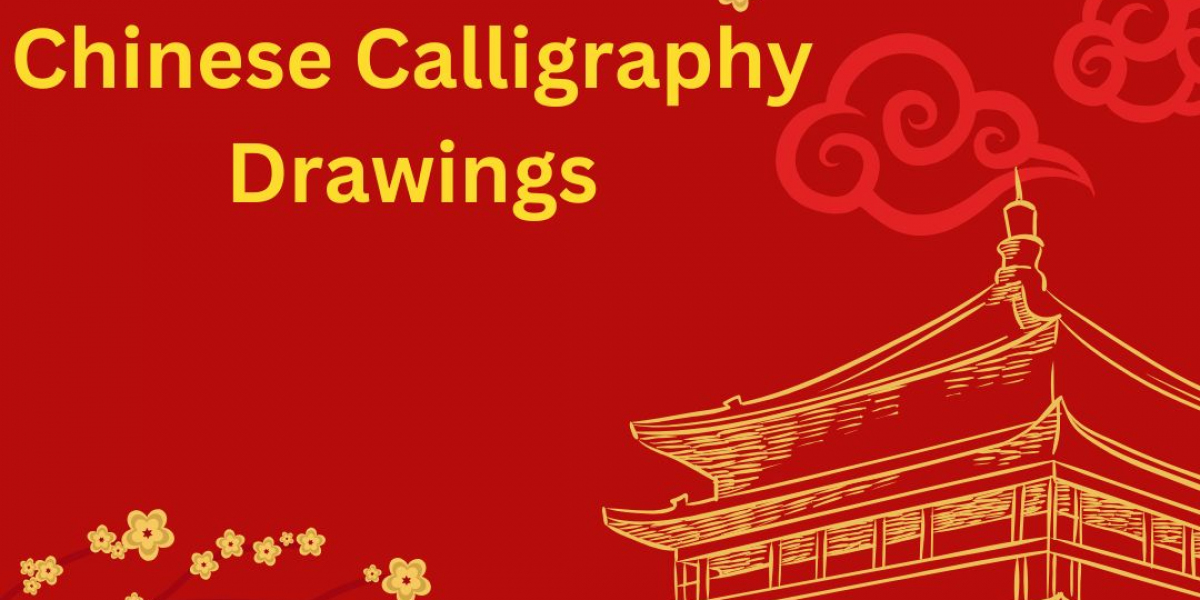In this blog, we will explore the significance, techniques, and contemporary relevance of Chinese calligraphy, highlighting why it continues to inspire and captivate people worldwide.
A Rich History
The origins of Chinese calligraphy can be traced back to ancient inscriptions on bones and bronze vessels, evolving through various dynasties. Each era contributed distinct styles and philosophies, from the graceful and flowing Running Script (行书) to the bold and powerful Seal Script (篆书). The Tang Dynasty (618–907 AD) is often regarded as the golden age of Chinese calligraphy, producing renowned calligraphers like Ouyang Xun and Yan Zhenqing, whose works remain influential today.
The Philosophy Behind the Strokes
At its core, Chinese calligraphy is deeply intertwined with the principles of Taoism and Confucianism, which emphasize harmony, balance, and the cultivation of inner virtue. Calligraphers believe that the brushwork reflects not only the characters but also the calligrapher's emotional state, personality, and spiritual depth. Each stroke is deliberate and meaningful, requiring years of practice and dedication to master the intricate techniques that define this art form.
Techniques and Tools
To create a masterpiece, calligraphers use a set of traditional tools known as the "Four Treasures of the Study": the brush (毛笔), ink (墨), paper (纸), and inkstone (砚). The brush itself is an extension of the artist’s hand, allowing for variations in thickness, pressure, and speed. The choice of paper is equally important, as it can affect the ink’s absorption and the overall aesthetic of the work. Mastery of these tools and techniques is essential, as each stroke requires a balance of control and freedom.
Contemporary Relevance
In today’s fast-paced digital world, the art of Chinese calligraphy remains relevant, serving as a bridge between tradition and modernity. Many artists and enthusiasts are revitalizing this ancient art form, incorporating contemporary themes and techniques. Calligraphy classes and workshops are increasingly popular, allowing individuals to engage with this art form and experience the meditative process of writing.
Moreover, Chinese calligraphy has found its place in the realm of fashion, graphic design, and digital art, where traditional techniques are blended with modern aesthetics. This fusion of styles not only preserves the art form but also introduces it to a broader audience, ensuring its continued evolution.
Conclusion
Chinese calligraphy is a timeless expression of beauty, culture, and philosophy. Its rich history, profound techniques, and contemporary relevance make it an invaluable part of the global artistic landscape. Whether as a means of personal expression or a form of cultural preservation, the art of Chinese calligraphy invites us to appreciate the delicate balance between tradition and innovation. As we continue to explore and embrace this ancient art form, we honor the wisdom and creativity of generations past, while paving the way for future artists to express their voices through the elegant strokes of a brush.
In a world where communication is often reduced to quick texts and emojis, the deliberate and graceful nature of calligraphy serves as a reminder of the beauty in slow, intentional expression.









